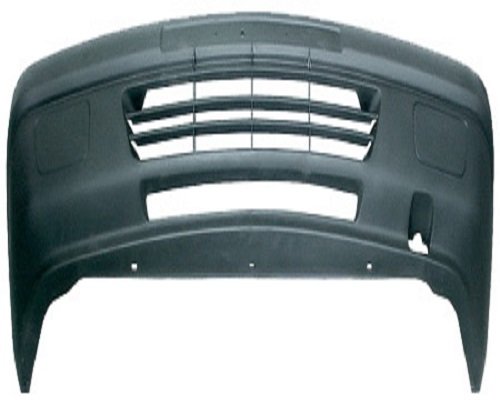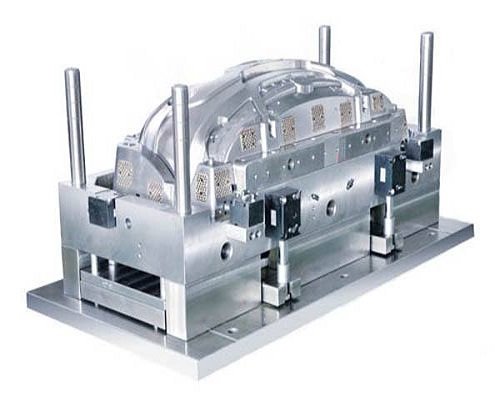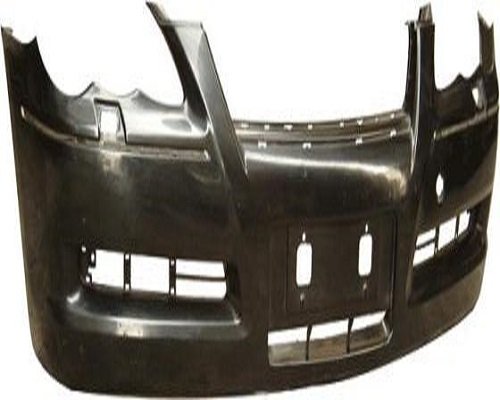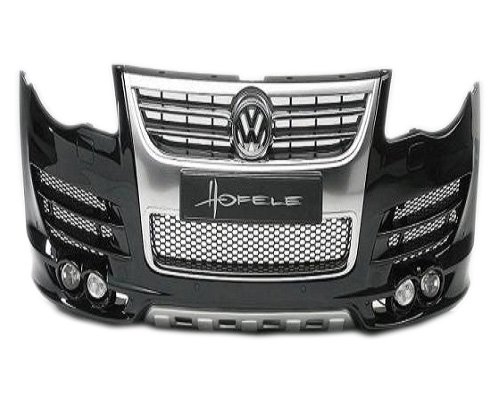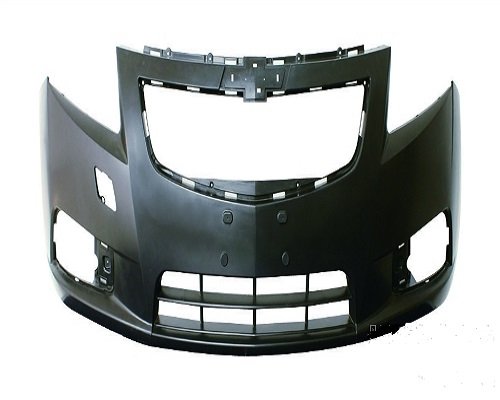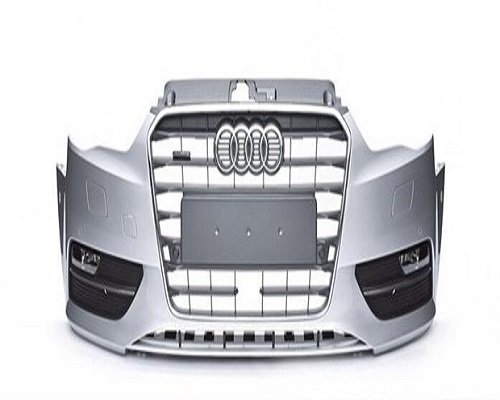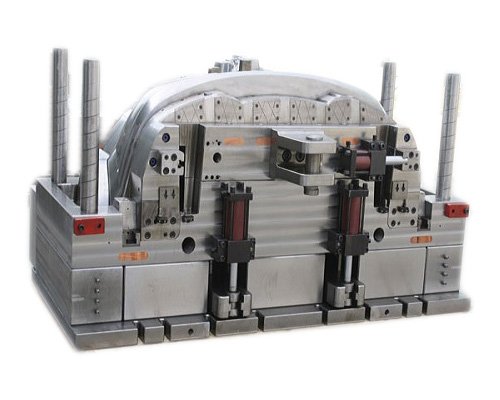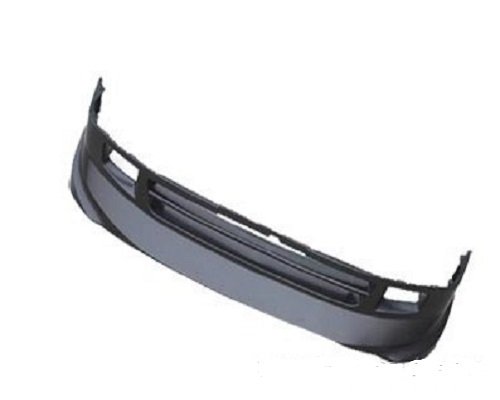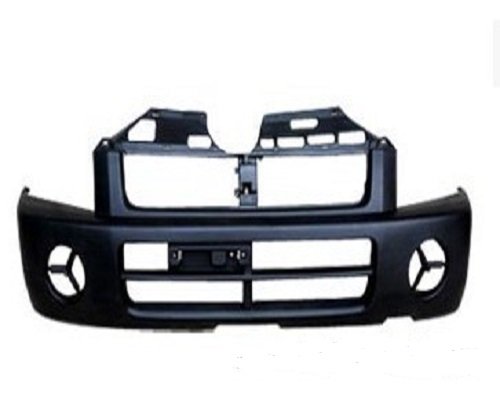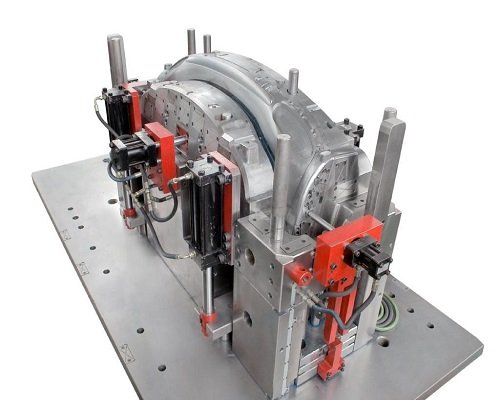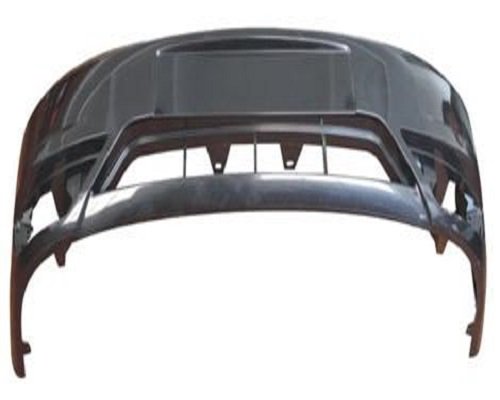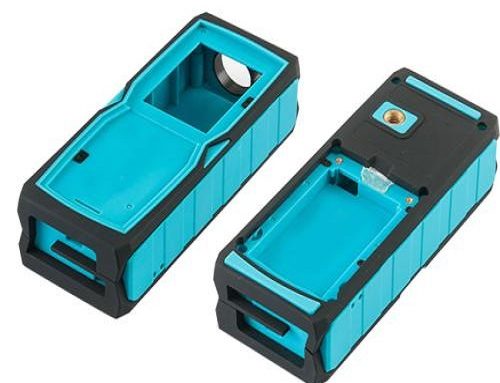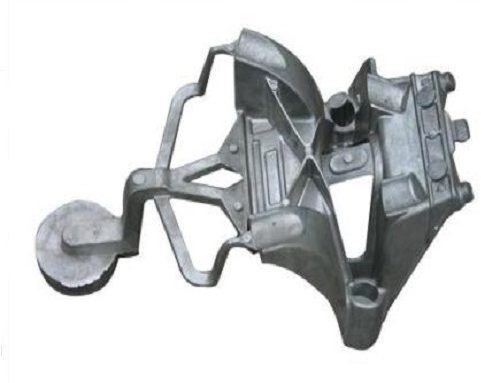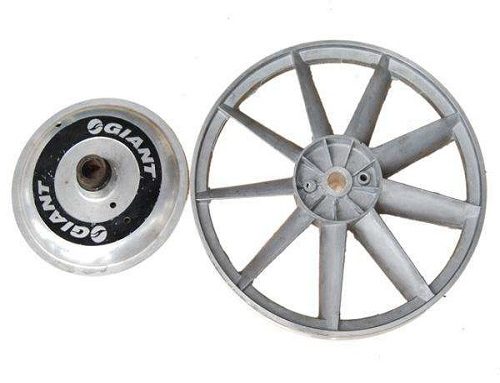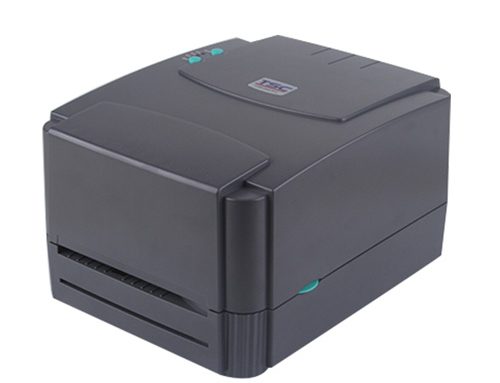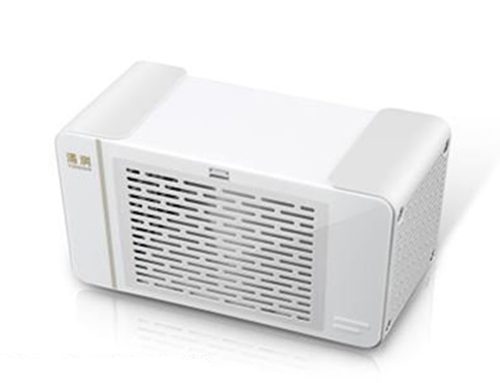Auto Bumper Mold
Item name: Auto Bumper Mold
Material:
Size #
OEM/ODM Service #
Lead time: 55days after deposit
Packing Details: wooden box
Payment & Shipping Terms Payment terms :T/T(30% deposit, 70% before shipment)
Shipping Port: guangzhou/shenzhen
Automotive Bumper Mold
Automotive bumper molds, also known as car bumper molds, are used to create the plastic bumpers installed on cars. Plastic bumpers are the go-to material in modern vehicles as they are lightweight and achieve a perfect match with the car’s body shape. Moreover, they also serve various functions such as protection, device, ventilation, and decoration.
Types of Bumpers
There are two types of automotive bumper molds: front bumper molds and rear bumper molds. The design concept of bumpers aims to meet regulatory requirements, collision performance, pedestrian protection performance, external projection requirements, effective air intake area of the cooling system, and modeling requirements. The overall appearance should be smooth and coordinated, low cost, lightweight, recyclable, and easy to disassemble.
Materials and Structure of Auto Bumper
Molds for automotive bumpers require materials with excellent rigidity across a broad temperature range, impact resistance, dimensional stability, solvent resistance, and coating performance. The commonly used material is Polypropylene (PP) with Ethylene-Propylene-Diene Monomer (EPDM)-T20. The energy absorber is made of PP foam or Expanded Polypropylene (EPP) to absorb impact energy.
The material used for the bumper body, upper and lower grilles, tow hook cover, and lower support shield is PP+EPDM-T20. The PP is the base of the bumper cover, while EPDM improves its elasticity, and T20 increases its rigidity. The primary material of the front/rear cushioning beam is B340/590DP cold-rolled high-strength structural steel, while the bracket is made of B180P2. The material of the brackets on both sides is PP66+GF30%, which has a high tensile strength and a firm surface.
The bumper system structure comprises the shape, wall thickness, demoulding angle, ribs, support surface, rounded corners, and holes. Wall thickness must be uniform, or it may cause uneven shrinkage due to different curing or cooling speeds, resulting in warpage or shrinkage of the part. Demoulding angle must be taken into account, avoiding zero or negative angles. Reinforcing ribs are also applied to increase strength and rigidity.
Conclusion
In conclusion, automotive bumper molds play an essential role in the production of plastic bumpers used in modern vehicles. These bumpers have multiple functions and design requirements to meet regulatory compliance, pedestrian safety, cooling system needs, and design aesthetics. The materials used for the bumper system have to be carefully selected to meet specific requirements, such as rigidity, impact resistance, and coating performance.

